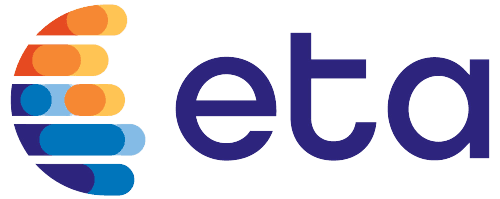Level 1 credit card processing is the most basic level of credit card information and includes a credit card number, expiration date, name, and service number. For online purchases level 1 data may not be enough and in some cases, your checkout page should request a zip code and CVV code.
It’s important to note that level 1 data is the first and most critical level of information you gather in order to process a credit card transaction. There are other levels such as level 2, and level 3 data which will delve into later in this article. For now, let’s look more into the specifics of level 1 and why they are the baseline standard.
Types Of Level 1 Data
The basic types of level 1 data are as follows:
- Credit Card Number: The credit card number is also called the account number and in most cases it’s 15 or 16 digits and has a few unique number features that help businesses understand and verify the data. To elaborate, Visa’s begin with the number 4, while Mastercards start with 5, and American Express starts with a 3.
- Cardholder Name: It’s imperative to verify who the card belongs to so you can guarantee the transaction is not fraudulent. Be sure to ask for the name as it matches the card.
- Expiration Date: This is especially useful for subscription billing merchants. Using this, you can see how long a customer’s card on file will work, and remind them to renew their card before they have any billing interruptions.
- Service Code: This is located on the magnetic strip and is transmitted when someone swipes at a payment terminal.
Interestingly, the CVV code is not considered level 1 data because it’s not transmitted during card-present-transactions. The magnetic strip, and the chip on a credit card all store other types of level 1 data. Therefore, to accept credit cards using other payment methods, you may need to look for level 2 and level 3 data.
Level 2 Data
Level 2 data includes merchant information which is the data that banks receive from you. This can come from your terminal and/or online payment gateway. Examples are:
- Tax ID
- Merchant Name
- Zip Code
- Location Of Your Business
Level 3 Data
Level 3 data is more strategic information that can help benefit your sales and inventory process. This includes:
- Shipping Information
- Discounts Applied to the Order
- Sales Tax Indicators
- Product Quantities, Descriptions, and Measurements

Mail And Phone Orders (MOTO) Merchant Account
Many companies have different methods of payment, and one popular version is mail and telephone transactions. For phone orders, some customers are usually reluctant to supply information over the phone. Therefore, it’s key that you get only essential information. Moreover, it takes time for customer service reps to take down information so focus on only collecting level 1 data.
For mail orders, the same holds true. People may not want to purchase your product if it takes too much work to divulge information. In addition, the more information they supply the greater the chance is for error. In either case, you want to ensure your mailing purchase process is swift and easy.






